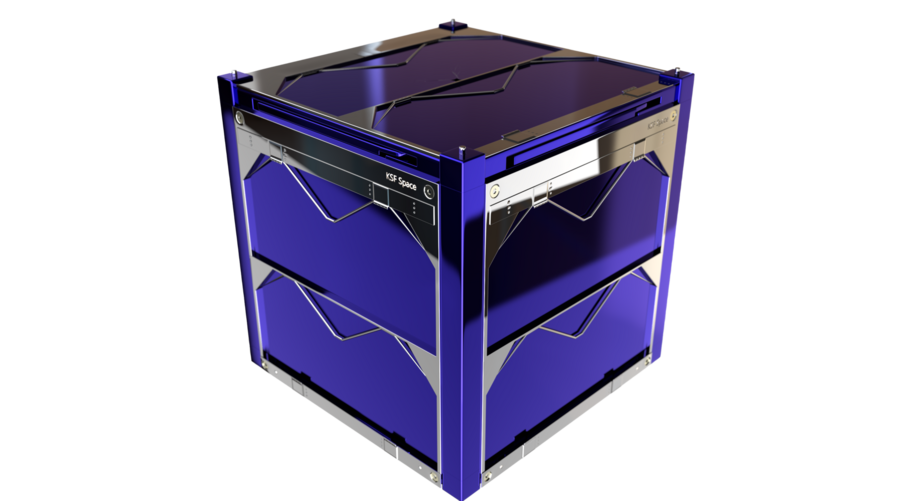How to build a nanosatellite and launch it in to space ?

A cubesat or nanosatellite is a compact satellite designed for Earth orbit, usually squared in shape. They are typically used for space research or as a navigation aid. A cubesat is launched into space using a rocket and then deployed in the desired area of space. They are easy to build and launch, and have many useful applications for people on the ground.
A cubesat is a mini-spacecraft that's smaller than a cereal box. It's usually no more than 10x10x10 cm cube. They are basically mini-satellites that can be used for space exploration or communications. These spacecrafts are extremely useful and compact ; they're also relatively inexpensive to build and launch into space. The international community has led the charge in developing cubesat technology by sharing their plans with the public via NASA's website and calpoly the California Polytechnic State University in USA. This has led to an unprecedented expansion of space exploration and global communication.
The potential uses for cubesats are extensive. They're commonly used for global communications, military applications, weather monitoring and space exploration. Military organizations use cubesats for navigation and remote sensor applications, such as collecting imagery or identifying landmass positions. Agricultural organizations use them for crop monitoring and land qualification during property valuation projects. Educational organizations use them for teaching classes or radio/communications experiments aboard remote islands.
Healthcare organizations use them for medical research, treatment and education campaigns in developing countries. And global communication channels use them for transmission of data between various locations on earth.
NASA currently manages over 50 cubesat projects under its Explorer program with the intention of enhancing both national and civilian interests through utilization of low-cost satellite technology. Some of their projects include flight validation of ROSAT sensors , precise measurement of ocean current states, determination of liquid water content in soils, air quality measurement, tracking animal movement patterns and identification of hot spots in wildfires.
Explorer program grants allow universities access to low-cost satellite hardware through NASA's Johnson Space Center (JSC) CubeSat Fabrication Lab (CSLF) facility in Houston, Texas.
The cubesat kit by KSF Space Foundation was made to make the assembling and coding much easier than traditional way in building a cubesat, the cubesat kit by KSF Space Foundation is made and designed for beginners and schools or universities who are developing their 1 st cubesat / nanosatellite mission, the module is ready to fly to sub-orbital flight and was tested in microgravity in many similar space missions. The cost of cubesat kit by KSF Space considered the world’s cheapest kit out there.
Building a cubesat using KSF Space cubesat kit is a great way to contribute to ongoing space exploration efforts without spending millions of dollars or obtaining advanced degrees in engineering. It's also an effective tool for researchers, government agencies and broadcasters seeking accessible global communication solutions. If developed properly, cubesats have the potential to revolutionize the way people live today and tomorrow!
Download CubeSat Kit Version 2.0 Technical Presentation
